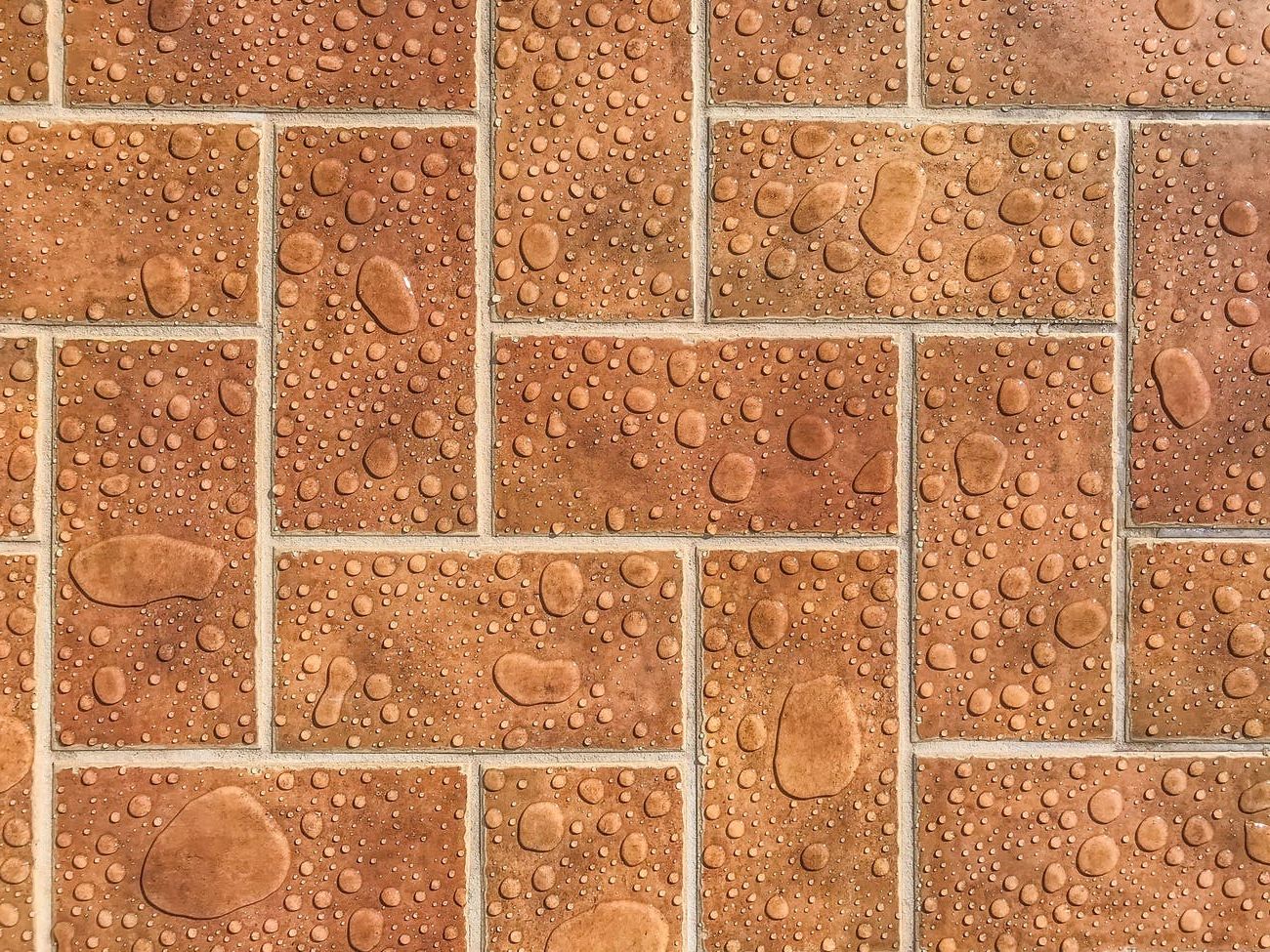Researchers Create Water-repellent Nanomaterial Inspired by Nature
10. 9. 2021 | University of Central Florida | www.ucf.edu
A team of researchers at the University of Central Florida have created a new nanomaterial that repels water and can stay dry even when submerged underwater. The discovery could open the door to the development of more efficient water-repellent surfaces, fuel cells and electronic sensors to detect toxins.
Being water repellent or hydrophobicity is nature’s tool to protect and self-clean plants and animals against pathogens like fungi, algae growth and dirt accumulation. Researchers took their cues from the structure of a lotus leaf and synthesized nanostructured materials based on molecular crystals of fullerenes. Fullerenes (C60 and C70) are built by bundling carbon molecules — the basic building block of the universe.

By placing a drop of a gel created from fullerites on any surface, a super water-repellent state is triggered. The unique cage-like structure of the gel doesn’t interfere with the original material being treated, which means they preserve their unique functional properties. That means the new super surface can potentially be used for splitting water, bacterial disinfection, hydrogen generation or electrocatalysis — all of which can be generated in fluid environments.
Read more at University of Central Florida
Image Credit: Pexels
-jk-




